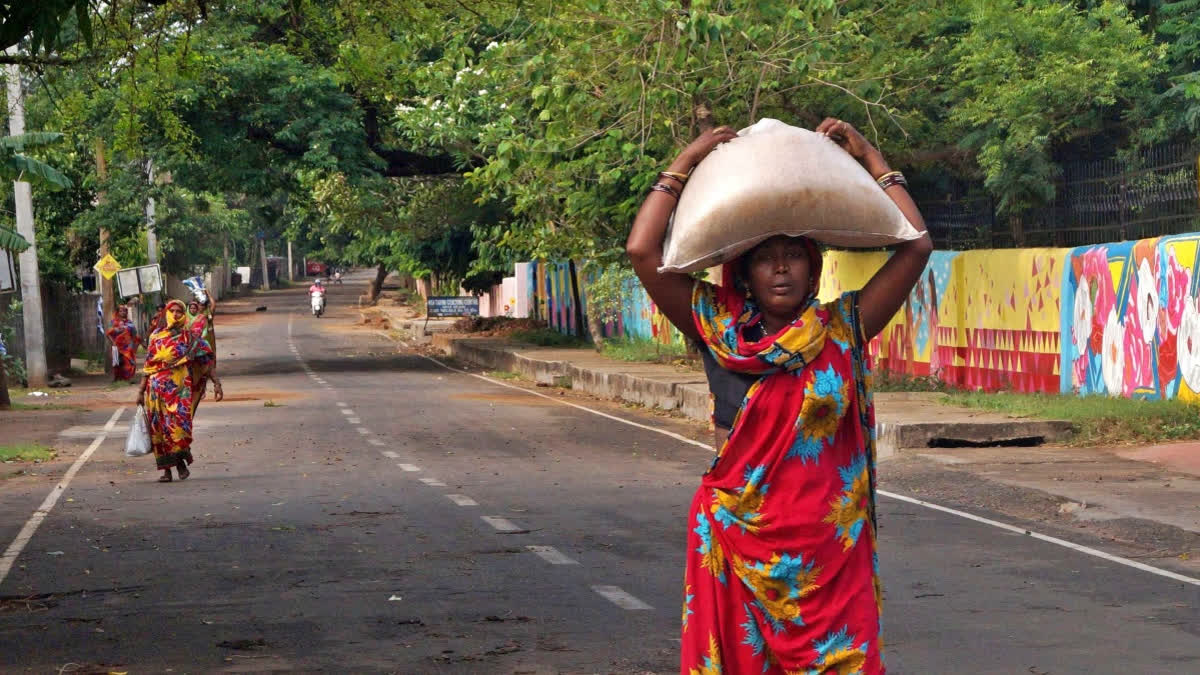New York: A staggering 455 million of the world’s poor live in countries exposed to violent conflict, hindering, and even reversing hard-won progress to reduce poverty, according to the latest update of the global Multidimensional Poverty Index (MPI) released today.
MPI measures acute poverty across over 100 developing countries by evaluating deprivations in health, education, and standard of living. The MPI combines the incidence and intensity of poverty, with people classified as multidimensionally poor if they are deprived in at least one-third of the weighted indicators. The MPI value represents the share of the population that is multidimensionally poor adjusted by the intensity of the deprivations. It ranges from 0 to 1, where higher values imply higher multidimensional poverty.
Jointly published by the United Nations Development Programme (UNDP) and the Oxford Poverty and Human Development Initiative (OPHI) based at the University of Oxford, this year’s report features original statistical research on multidimensional poverty for 112 countries and 6.3 billion people, as well as fine-grained analysis of the relationship between conflict and poverty. It includes new survey data for 20 countries.
The 2024 edition of the MPI report found that 1.1 billion people live in acute poverty worldwide, with 40 per cent living in countries experiencing war, fragility and/or low peacefulness according to at least one of the three widely used datasets of conflict settings.
Due to a lack of data, the global MPI is measured over a ten-year period (2012-2023) to create a comparable index of global levels and trends. In this new report, the poverty data per country were matched to the country’s conflict/fragility status at the time to generate new insights on the overlap between conflict and poverty.
The challenges of gathering data in conflict-affected countries likely lead to an underestimation of multidimensional poverty in these countries, with available data still underscoring the catastrophic effect of conflict on poverty reduction.
"Conflicts have intensified and multiplied in recent years, reaching new highs in casualties, displacing record millions of people, and causing widespread disruption to lives and livelihoods," said Achim Steiner, UNDP Administrator.
Countries at war have higher deprivations across all ten indicators of multidimensional poverty, underscoring the devastating impact of conflict on the world’s most vulnerable populations. For instance, in conflict-affected countries, over one in four poor people lacks access to electricity, compared to just over one in twenty in more stable regions.
Similar disparities are evident in areas such as child education (17.7 per cent vs. 4.4 per cent), nutrition (20.8 per cent vs. 7.2 per cent), and child mortality (8 per cent vs. 1.1 per cent). The analysis finds that deprivations are markedly more severe in nutrition, access to electricity, and access to water and sanitation for the poor in conflict settings relative to the poor in more peaceful settings.
Poverty reduction tends to be the slowest in countries most affected by conflict – where poverty is often the highest. The report includes an in-depth case study on Afghanistan, where 5.3 million more people fell into multidimensional poverty during the turbulent period 2015/16–2022/23. In 2022/23, nearly two-thirds of Afghans were poor (64.9 per cent).
Sabina Alkire, Director of the Oxford Poverty and Human Development Initiative, said, "This study provides the first measured global analysis at this scale examining how in conflict settings multidimensionally poor people are affected. And it is sobering. Using the global MPI we find that out of the 6.3 billion people living in 112 countries, 1.1 billion are poor."
"And 455 million poor people live in countries experiencing conflict, fragility and/or low peacefulness. So, poverty is not their only struggle. Moreover, the level of poverty in conflict-affected areas is far higher. In countries at war, over one in three people are poor (34.8 per cent) whereas in non-conflict-affected countries it’s one in nine (10.9 per cent) according to the Uppsala Conflict Data Program. Poverty reduction is slower in conflict settings – so the poor in conflict settings are being left behind. These numbers compel a response: we cannot end poverty without investing in peace," added Alkire.



